Must See | Environmental Protection Department Exposes "Top Ten Smog Rumors in 2016"
CCTV News:A few days ago, the Publicity and Education Center of the Ministry of Environmental Protection and the Beijing Environmental Protection Publicity Center jointly exposed the "Top Ten Smog Rumors of 2016". Let’s see which rumors once made you believe!
Rumor: Beijing smog in macro lens?
A video of Beijing smog shot with a 4000 lumen light macro lens is shocking. In the video, some small particles are floating around, which is really scary to watch. Many netizens have said that masks that have been suspected before must be worn this time, and some netizens commented that "this kind of air will kill people." The video has been forwarded by nearly ten thousand people.

truth Fog droplets and fine particles that form smog are invisible to the naked eye, so it is necessary to use microscope instruments. What the video sees is just dust.
Proverbs 2 Automobile exhaust is 10 times cleaner than air, and the contribution of motor vehicles to smog is not so great.
In a video from a car website, on a heavily polluted day, a person wearing a gas mask extended the air quality detector to the exhaust pipe of a car, and the reading of PM2.5 dropped from nearly 500 to 48. It is concluded that automobile exhaust is 10 times cleaner than the air in foggy days.

truth Most of the contribution of automobile exhaust to pm2.5 is indirectly generated. The exhaust contains substances such as nitrogen oxides and volatile organic compounds (VOCs), which are gases and will not be reflected in the air quality tester for measuring PM2.5.. However, these gases are both "raw materials" and "catalysts" for PM2.5 production. Among the local pollution sources in Beijing, the contribution of pollutants emitted by motor vehicles to PM2.5 is 31.1%, which accounts for 40% in non-heating season. Organic matters, nitrates, sulfates and ammonium salts generated by secondary conversion account for 70% of PM2.5.
Proverbs 3: A red warning was issued because of the presence of ammonium sulfate in the smog?
In mid-December 2016, Huanghuai and other places in North China suffered from a wide range of smog weather. Under the shadow of persistent smog, some rumors began to breed on the Internet. A message widely circulated on the Internet said, "Internally, this smog mainly contains ammonium sulfate, which was not the level of red warning, but it only reached this level because of the existence of ammonium sulfate. Remind the children not to go out. The purifier at home is turned on for a long time. Drink more water. It turned out that ammonium sulfate exceeded the standard in London, and many people died without protection. "
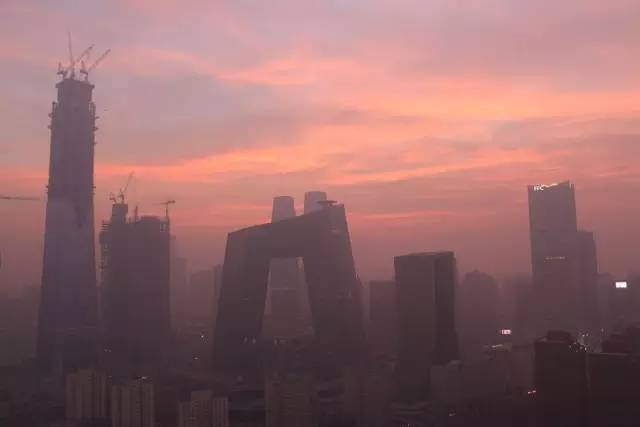
△ On December 16, 2016, Beijing launched a red warning of heavy pollution.
truth According to the "Emergency Plan for Heavy Air Pollution in Beijing", the red warning is to predict serious pollution for four consecutive days or more, of which two days will reach serious pollution; Or the single-day air quality index (AQI) reaches 500. Ammonium sulfate is not the standard for issuing a red warning.
The paper "From London Fog to China Haze: Persistent Sulfate Formation from London Fog to Chinese Haze" published in the Proceedings of the National Academy of Sciences in the United States in late November pointed out that in China, agricultural nitrogen fertilizer and industrial emissions produce a large amount of ammonia pollution, and alkaline ammonia promotes the reaction process of sulfur dioxide and nitrogen oxides, forming a large amount of ammonium sulfate, but also neutralizes the acidic environment, making China smog neutral in pH value.
Although the neutral pH of smog in China doesn’t mean that smog in China is harmless, it doesn’t have as strong acute toxicity as acidic fog in London. The acute toxicity of ammonium sulfate is not great, and the deadly culprit of London fog is high concentration of sulfur dioxide.
Rumor has it that the four wind power stations and shelterbelts block the smog caused by strong winds?
Some people think that a large number of wind power stations have been built in Inner Mongolia to steal the strong wind in Beijing, and the three-north shelterbelt attenuates the wind in the north, resulting in smog that cannot be blown away.
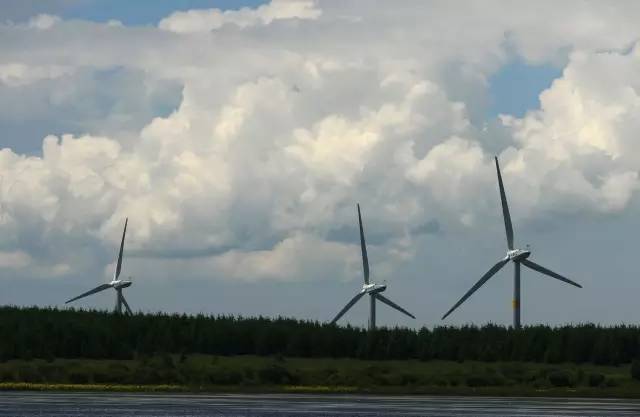
truth The wind can recover when it hits an obstacle, and local wind power generation or local shelter forest will not affect the downstream wind power far away. The fundamental reason for the formation of fog and haze is that the ground pollutants hit the static condition of the atmosphere. At present, no scientific research shows that there is a causal relationship between wind farms or shelterbelts and the formation of smog.
Proverbs five smog is because of "nuclear pollution".
It is said that large-scale uranium and coal resources have been found underground in Erdos, Inner Mongolia. Through burning, uranium in coal enters the air, which is the reason for the large-scale smog in China at present.
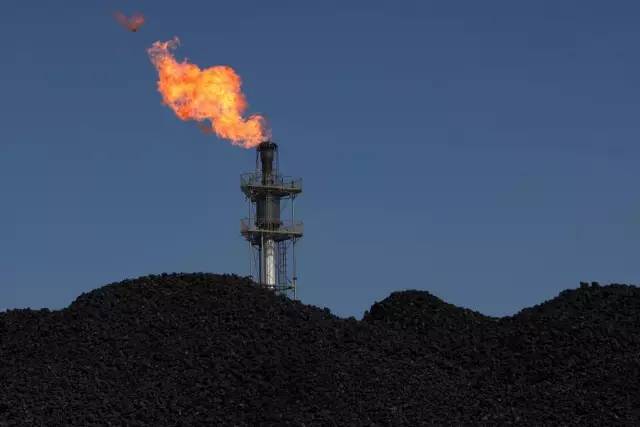
truth The main influencing factor of smog is meteorological conditions. Uranium itself is a very heavy element, which is not easy to be oxidized and will not become dust; Moreover, the power plant will carry out dust removal, desulfurization and denitrification on the emissions, even if they really exist, they should also be left in the combustion residue, and the amount entering the air is very small.
Rumor 6 "coal to gas" aggravates air pollution in Beijing?
An article entitled "Smoke emission from natural gas boilers is an important reason for aggravating the haze weather in Beijing" said that smoke emission from natural gas boilers is the main source of "rich water vapor" in Beijing and an "accomplice" to aggravate the haze air. The article says that the development of natural gas in Beijing is a double-edged sword, which has the clean energy side, the negative influence of water vapor emission and the pollution of nitrogen oxides.
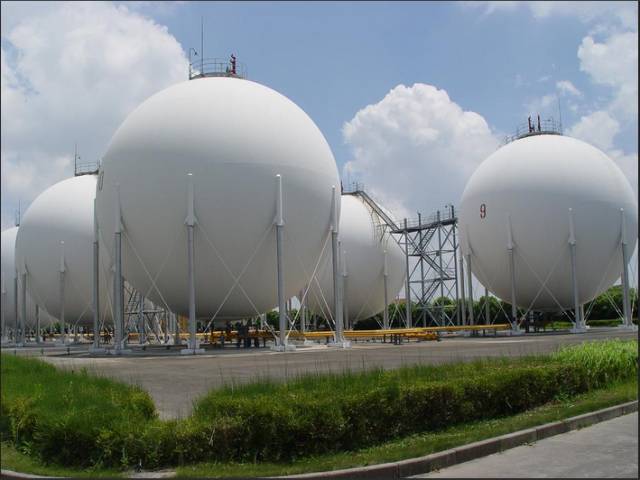
truth Wang Zifa, a researcher at the Institute of Atmospheric Physics, Chinese Academy of Sciences, said that according to the current natural gas consumption in China, the gaseous water produced by burning natural gas is about 300 million tons every year. If all of it is converted into liquid water (in fact, it is impossible to convert all of it into liquid water), it will be spread evenly in the eastern part of the country where the population is concentrated (estimated area is about 3.6 million square kilometers), and the thickness of liquid water is less than 0.1 mm/year, accounting for only one hundred thousand of the precipitable water in the atmosphere, with little impact. Therefore, "changing coal to gas" will not significantly increase the humidity in Beijing’s atmosphere, and it is not the main source of "rich water vapor" in Beijing.
Professor Feng Yinchang of Nankai University said that no matter burning coal, gas or oil, nitrogen oxides will be emitted. Whether "changing coal to gas" will lead to the increase of nitrogen oxides mainly depends on the combustion mode and quality of coal before changing gas and the combustion technology adopted after changing gas. If low-nitrogen combustion technology is adopted, the emission of nitrogen oxides will be reduced. Denitrification started later than desulfurization in China, and the concentration of nitrogen oxides in the atmospheric environment has not decreased as significantly as that of sulfur dioxide in recent years. The increase of nitrogen oxide concentration may cause secondary pollution, but it is controllable. Moreover, the causes and mechanism of pollution are very complicated. It is not scientific to say that the pollution of particulate matter is still serious because the concentration of nitrogen oxides has not decreased significantly.
Proverbs 7: Beijing’s air quality is gradually deteriorating?
Some people think that the smog is frequent now, and the air quality in Beijing is not improving but deteriorating.
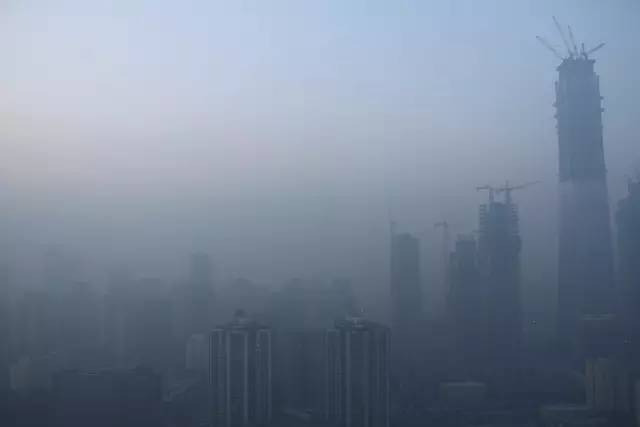
△ On December 30, 2016, Beijing was shrouded in smog.
truth According to the monitoring data of the Ministry of Environmental Protection, as of December 27, 2016, the average concentration of PM2.5 in Beijing in 2016 was 72 μ g/m3, down 10.0% year-on-year (down 8 μ g/m3) and down 20% compared with 2013 (down 18 μ g/m3). The assessment report "The Course of Air Pollution Control in Beijing: 1998-2013" issued by the United Nations Environment Programme in 2016 shows that from 1998 to 2013, the average annual concentrations of sulfur dioxide (SO2), nitrogen dioxide (NO2) and inhalable particulate matter (PM10) in Beijing decreased significantly by 78%, 24% and 43% respectively, and the air quality in Beijing has been improved in the past 15 years. In addition, the monitoring data of international organizations such as NASA in the United States also support the trend of continuous improvement of air quality in Beijing.
Proverbs 8 smog can only wait for the wind, and emergency measures for heavy pollution are useless.
There is a view that the smog in Beijing can only wait for the wind, and the measures that took so much effort to implement during the period of heavy pollution did not play a role in driving away the smog.
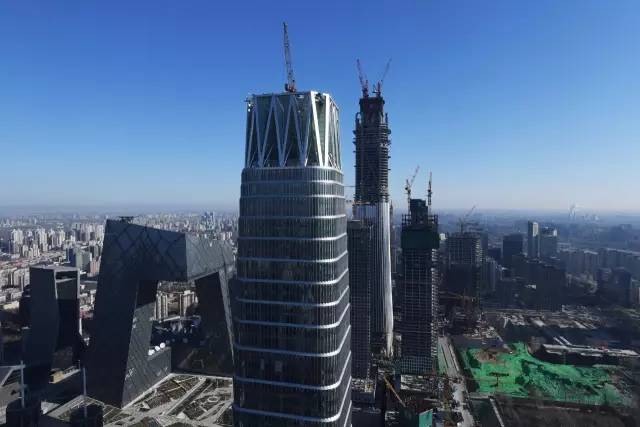
△ On December 23, 2016, Beijing ushered in the blue sky after smog.
truth The function of heavy pollution emergency is to reduce pollutant discharge and pollutant accumulation as much as possible through certain emergency emission reduction measures, so as to protect public health to the maximum extent. According to professional calculations, during the Red Police this year, PM2.5 was reduced by about 23% and other pollutants were reduced by about 30% on average compared with no measures. Haze is caused by pollutants discharged by human production and life exceeding the environmental capacity under certain meteorological conditions. Only by reducing the emission intensity of pollutants through corresponding control measures can the air pollution problem be fundamentally solved, which requires a long-term process.
Proverb 9 Beijing is seriously polluted by smog, and the air contains antibiotic-resistant bacteria.
On November 23, 2016, four scholars from the Research Center for Antibiotic Resistance of the University of Gothenburg in Sweden mentioned in their research that "the antibiotic resistance gene was detected from the smog in Beijing". Subsequently, some domestic WeChat WeChat official account published the title "Breathing Pain! Drug-resistant bacteria are found in smog in Beijing and other places, and more than 60 kinds of drug-resistant bacteria in smog in Beijing will lead to drug failure. On November 24, 2016, some media released a news titled "Drug-resistant bacteria were found in Beijing smog, and" the last antibiotic of mankind "could do nothing about it". The news was reprinted and commented by a large number of media and self-media on the 25th.
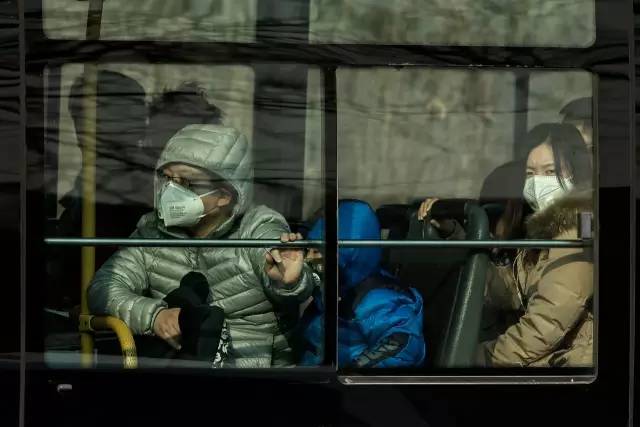
truth The Beijing Municipal Health Planning Commission responded that the drug resistance and pathogenicity of bacteria are completely different concepts, and the increase of drug resistance does not mean the enhancement of pathogenicity. Many experts at home and abroad said that bacterial drug resistance has nothing to do with smog, smog does not produce drug-resistant genes, and smog has no necessary causal relationship with drug-resistant bacteria. The acquisition of bacterial drug resistance is caused by evolutionary selection and induced selection of antibiotics, not by smog. The hazard factors in smog are mainly chemical pollutants, which have adverse health effects on respiratory system and cardiovascular system, and the health risks caused by microorganisms are very small.
Proverbs 10 smog blocks alveoli? The incidence of lung cancer in Beijing is much higher than that in the whole country, showing a younger trend, and air pollution is the culprit.
There is no doubt that smog affects health, but some opinions circulating on the Internet are varied: the incidence of lung cancer in Beijing is much higher than that in the whole country, showing a younger trend, and air pollution is the culprit? Can 80 PM2.5 particles block an alveolus? Will smog make fresh lungs turn black for six days? Smoking smog for a day may lead to hemiplegia? Can smog lead to infertility? Smog makes people lose their lives for five and a half years?

truth In response to these questions, Academician Zhong Nanshan once said that "many data about smog carcinogenesis are taken out of context, exaggerated or tampered with".
In fact, from 2003 to 2012, excluding the aging factor, the average annual growth rate of lung cancer in Beijing was 1.2%. In 2011, the age-standardized incidence rate of lung cancer in Beijing was 23.53/100,000, while the latest standardized incidence rate of lung cancer in China was 25.34/100,000. It can be seen that the incidence rate of lung cancer in Beijing was slightly lower than the national average. The median age of lung cancer in Beijing in 2011 was 71 years old, which increased by 2 years compared with the median age of 69 years in 2002. It can be seen that the incidence of lung cancer in Beijing is not younger. Others, such as "80 PM2.5 particles can block an alveoli?" Will smog make fresh lungs turn black for six days? Smoking smog for a day may lead to hemiplegia? Can smog lead to infertility? Smog makes people lose their lives for five and a half years? " Such rumors, without scientific basis, have been confirmed as rumors by relevant authorities.